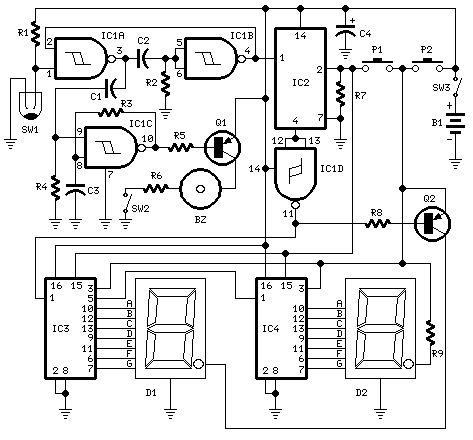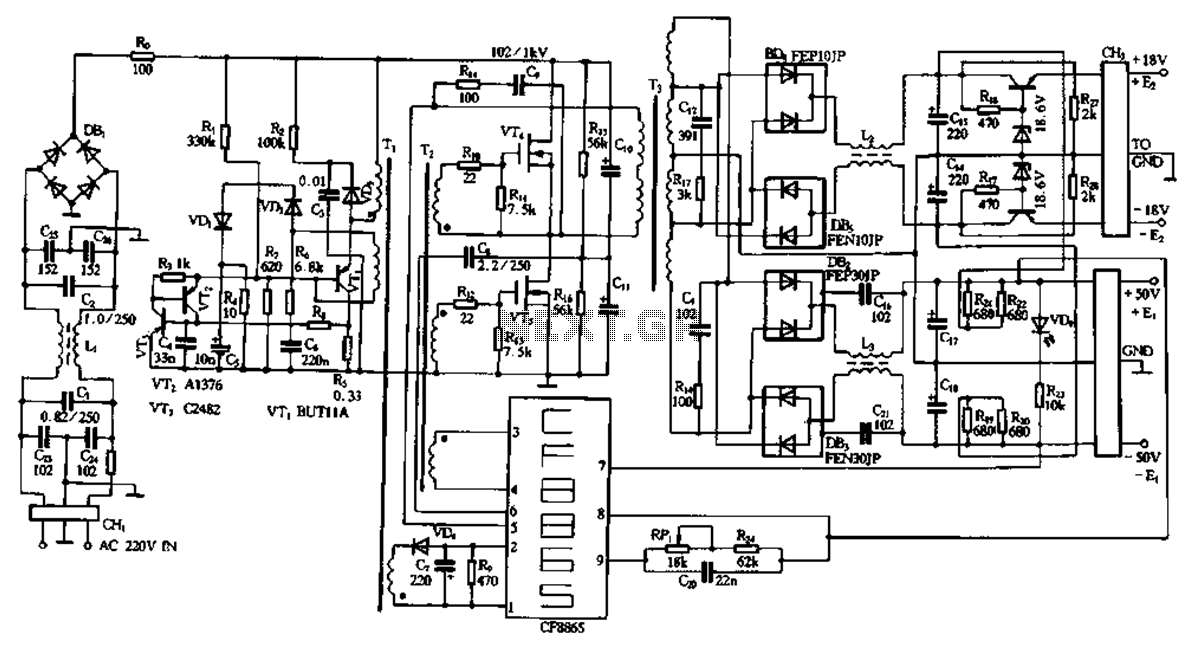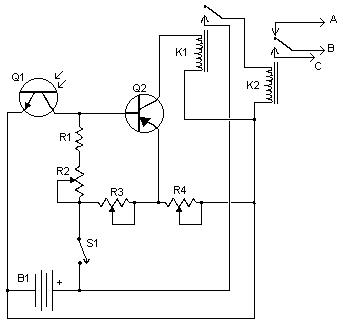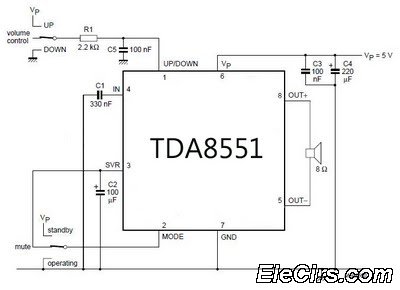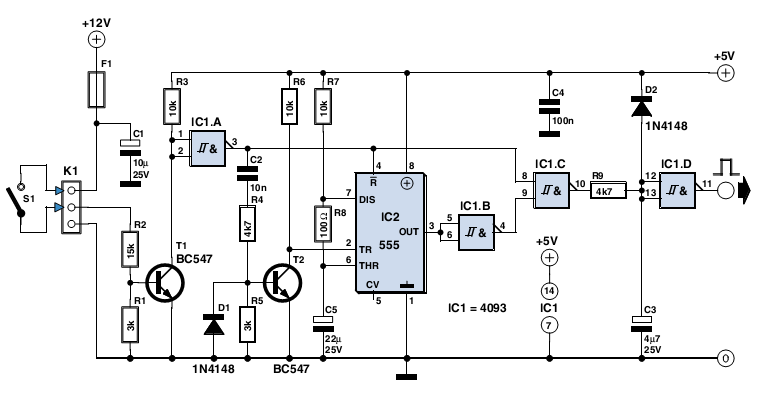
Digital switch for your camera

This is a straightforward guide to constructing a digital switch for a camera, enabling photo capture through microcontrollers. Required components include: 1.
A digital switch for a camera can be implemented using a microcontroller, such as an Arduino or Raspberry Pi, along with a few additional electronic components. The primary function of this circuit is to control the camera's shutter release, allowing for automated photography.
The basic components required for this project include a microcontroller, a transistor or relay to act as a switch, a resistor, and connecting wires. The microcontroller will be programmed to send a signal to the transistor or relay, which will then close the circuit and trigger the camera's shutter.
The circuit can be laid out as follows:
1. **Microcontroller**: The microcontroller serves as the brain of the operation. It should be programmed to send a digital signal at specified intervals or in response to specific conditions, such as a sensor input.
2. **Transistor/Relay**: A transistor can be used to switch the camera's shutter. When the microcontroller outputs a HIGH signal, the transistor allows current to flow, simulating a button press on the camera. Alternatively, a relay can be used for higher current applications, providing electrical isolation between the microcontroller and the camera.
3. **Resistor**: A resistor is typically placed in series with the base of the transistor to limit the current flowing into it, ensuring that the transistor operates within safe limits.
4. **Power Supply**: Ensure that the circuit is powered appropriately. The microcontroller should be powered via USB or a suitable battery, while the camera may require its own power source depending on the design.
5. **Connections**: The shutter release cable of the camera should be connected to the collector of the transistor or the relay's normally open contact. The emitter of the transistor should be connected to ground, while the base is connected to a digital output pin of the microcontroller through the resistor.
By utilizing this setup, users can automate the photography process, allowing for time-lapse photography, remote shooting, and other creative applications. Proper programming and testing are essential to ensure reliable operation and to avoid any potential damage to the camera.This is a very easy instructable to build a digital switch for your camera in order to take photos with your microcontrollers. What you need: 1.. 🔗 External reference
A digital switch for a camera can be implemented using a microcontroller, such as an Arduino or Raspberry Pi, along with a few additional electronic components. The primary function of this circuit is to control the camera's shutter release, allowing for automated photography.
The basic components required for this project include a microcontroller, a transistor or relay to act as a switch, a resistor, and connecting wires. The microcontroller will be programmed to send a signal to the transistor or relay, which will then close the circuit and trigger the camera's shutter.
The circuit can be laid out as follows:
1. **Microcontroller**: The microcontroller serves as the brain of the operation. It should be programmed to send a digital signal at specified intervals or in response to specific conditions, such as a sensor input.
2. **Transistor/Relay**: A transistor can be used to switch the camera's shutter. When the microcontroller outputs a HIGH signal, the transistor allows current to flow, simulating a button press on the camera. Alternatively, a relay can be used for higher current applications, providing electrical isolation between the microcontroller and the camera.
3. **Resistor**: A resistor is typically placed in series with the base of the transistor to limit the current flowing into it, ensuring that the transistor operates within safe limits.
4. **Power Supply**: Ensure that the circuit is powered appropriately. The microcontroller should be powered via USB or a suitable battery, while the camera may require its own power source depending on the design.
5. **Connections**: The shutter release cable of the camera should be connected to the collector of the transistor or the relay's normally open contact. The emitter of the transistor should be connected to ground, while the base is connected to a digital output pin of the microcontroller through the resistor.
By utilizing this setup, users can automate the photography process, allowing for time-lapse photography, remote shooting, and other creative applications. Proper programming and testing are essential to ensure reliable operation and to avoid any potential damage to the camera.This is a very easy instructable to build a digital switch for your camera in order to take photos with your microcontrollers. What you need: 1.. 🔗 External reference
